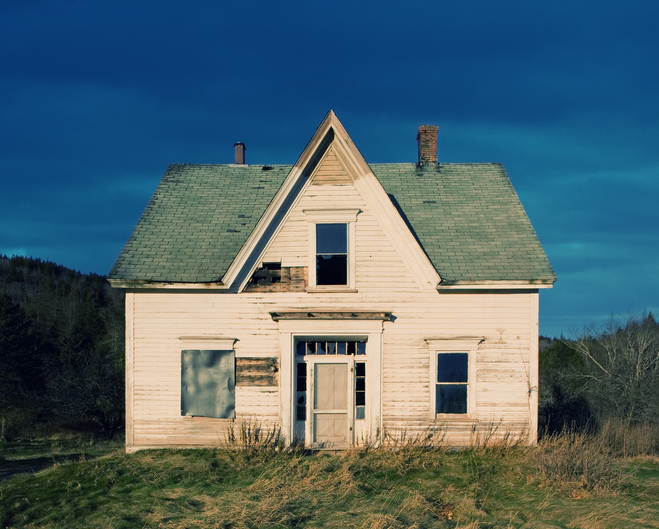
Sixty-one percent of Americans would like to see shopping malls make a comeback, according to a recent survey by IPX1031.
Traditional shopping malls have struggled to bring in customers, leading to closures and empty retail spaces across the country. The survey asked what people want to see done with these empty buildings, their opinions on shopping malls and found that many are nostalgic for malls.
Americans miss going to the mall, with 66% of Gen X and Gen Z looking for a revival, 59% of millennials and 54% of Baby Boomers also pining for a trip to the mall. What do they miss? The convenience of multiple stores in one spot, window shopping, food court/restaurants, socializing with friends and department stores.
Those surveyed would like to see abandoned malls turned into a park or green spaces, community centers or gathering spaces, converted into living spaces (apartments, senior living, etc), turned into local, independently owned businesses and retail spaces.
“Malls have historically been a commercial anchor. Most new proposals and plans focus on retail, restaurants and entertainment options. While many plans also incorporate apartment buildings and condominiums, residential is only part of the mix,” said Scott Nathanson, IPX1031 executive vice president.
Almost all Americans (94%) have an open mall within one hour of where they live. The number of visits they make varies widely, with 15% making multiple visits per month, to 24% who reported they haven’t visited a mall in the last year. Many still go to malls for specific stores, the convenience of having multiple stores in one place, the ability to look at items in person, food courts and movie theaters as their top reasons.
“Developers seem to be very aware of citizens’ strong desire to keep a convenient retail presence in their towns,” said Scott Nathanson, IPX1031 executive vice president. “One of the largest mall operators in the country said that the goal of most of their mall redevelopment aims to make the result a preeminent live, work, shop and play destination. They mention that besides emphasizing retail and restaurants, event spaces could potentially host concerts, farmer’s markets and festivals.”
He noted, “Malls have historically been a commercial anchor. Most new proposals and plans focus on retail, restaurants and entertainment options. While many plans also incorporate apartment buildings and condominiums, residential is only part of the mix. These ambitious projects should result in sparking additional commercial development opportunities in the adjacent areas.”
Jim Helsel, a PAR past president and central PA commercial Realtor® notes, “It is true that many retail malls are being re-purposed and re-imagined as the retail industry struggles to work through the post-pandemic period. Some malls are still doing well, but many have difficulty retaining or enticing new tenants. Some malls are being re-imagined and re-purposed into residential living structures, some are being demolished allowing the entire site to be used for an entirely new purpose and some have worked to create a combination of residential uses, retail uses and office uses; creating a small “city” within the overall asset.”
Helsel doesn’t believe that all malls will disappear. “Don’t be fooled into thinking that all malls will fail. They will not. Ownership needs the time to analyze the specific geographic needs of the marketplace where the mall exists and determine what is best from an economic standpoint for themselves.”
“Folks like to shop at malls,” he added. “That study has been conclusive. How many and how large they might be in the future is still being decided, with many factors playing into the decision.”
Topics
Member Discussion
Recent Articles
-
Nearly 6.5 Million Homes Classified as Inadequate in 2023
- April 4, 2025
- 2 min. read
In 2023, 6.45 million homes, equivalent to about 5% of the U.S. housing stock, were classified as inadequate. Of those, 1.65 million were severely inadequate.
-
Bucks County Realtors® Teach High School Students About Real Estate
- April 3, 2025
- 2 min. read
“By investing in education and mentoring young minds, we help shape the future of our industry and ensure that the next generation is well-prepared for success,” said BCAR President Frank Blumenthal.
-
Amy Benzinger, GHAR Realtor®, Makes NAR 30 Under 30 Finalists
- April 2, 2025
- 2 min. read
“Real estate means more to me than a career. I am passionate about helping others, building relationships and creating lifelong memories,” Benzinger shares.
Daily Emails
You’ll be the first to know about real estate trends and various legal happenings. Stay up-to-date by subscribing to JustListed.



